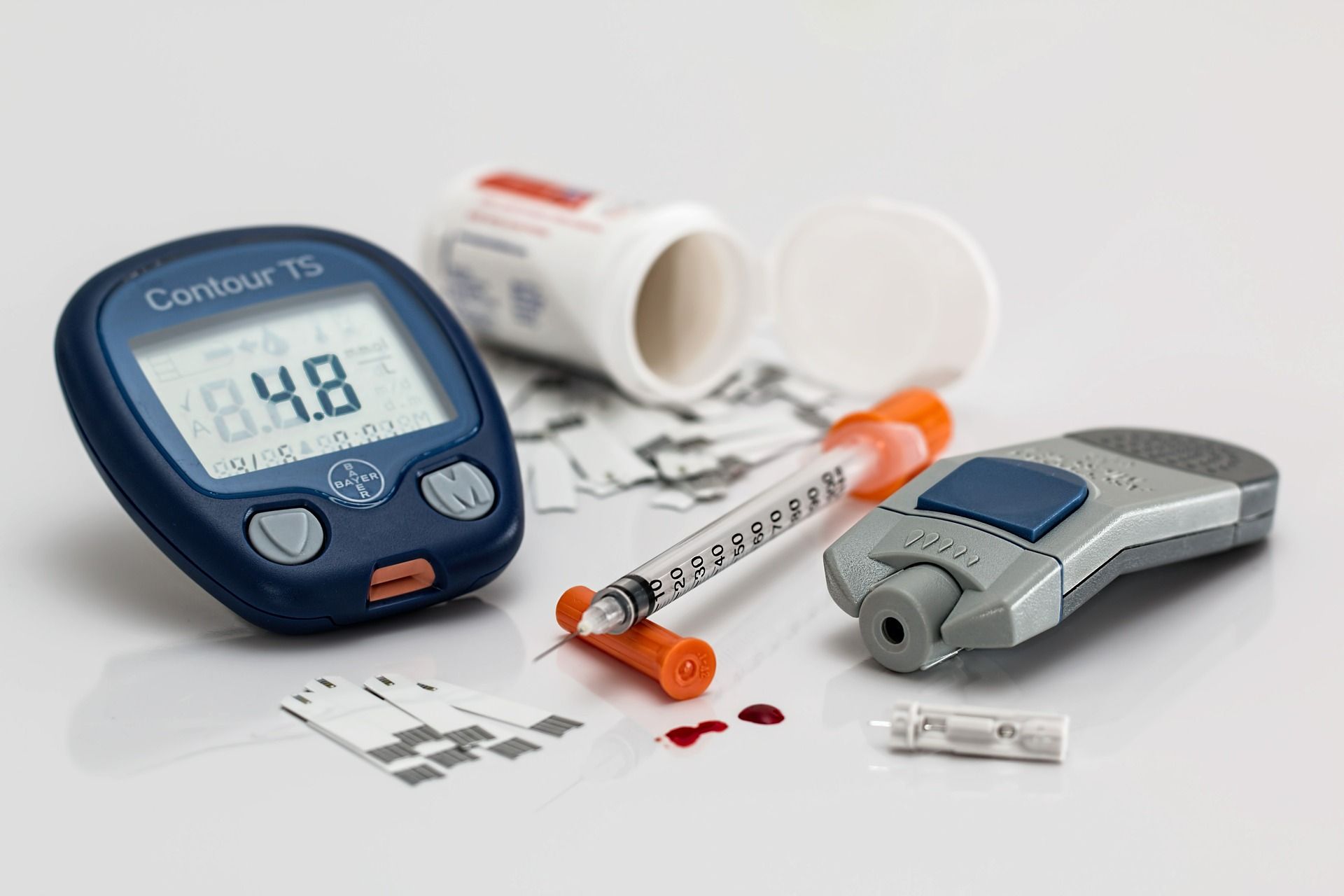how can nutrition help with blood sugar?
there are ways you can manage the amounts, types, and timing of carbohydrates that will impact how your body manages blood sugar.
identify sources of carbohydrates. examples foods hat contain carbs are grains, fruits, starchy vegetables, nuts and seeds, dairy products, and simple sugars found in sweets and processed foods.
know the amount of carbohydrates you have at meals and snacks. a simple meal may have many sources of carbohydrates, so it’s important to quantify total amounts as you strive for balance. there are strategies, such as carbohydrate counting and reading nutrition labels, that can help you estimate portion sizes.
choose complex carbohydrates most often. complex carbohydrates are found in whole foods, and digest slower, allowing your body to process blood sugar more efficiently. simple carbohydrates, however, do not require much digestion and are absorbed quickly into the blood — they should be minimized or avoided altogether.
pair carbs with whole food sources of protein and fibre. protein and fibre are two nutrients that can slow down digestion of carbohydrates, resulting in a slower rise in blood sugar levels, and more efficient processing of blood sugar by your body. pair these nutrients to create balance in your meals and snacks. as a bonus, many carbohydrate containing foods, such as legumes, are also great sources of protein and fibre.
 5 minute read
5 minute read























